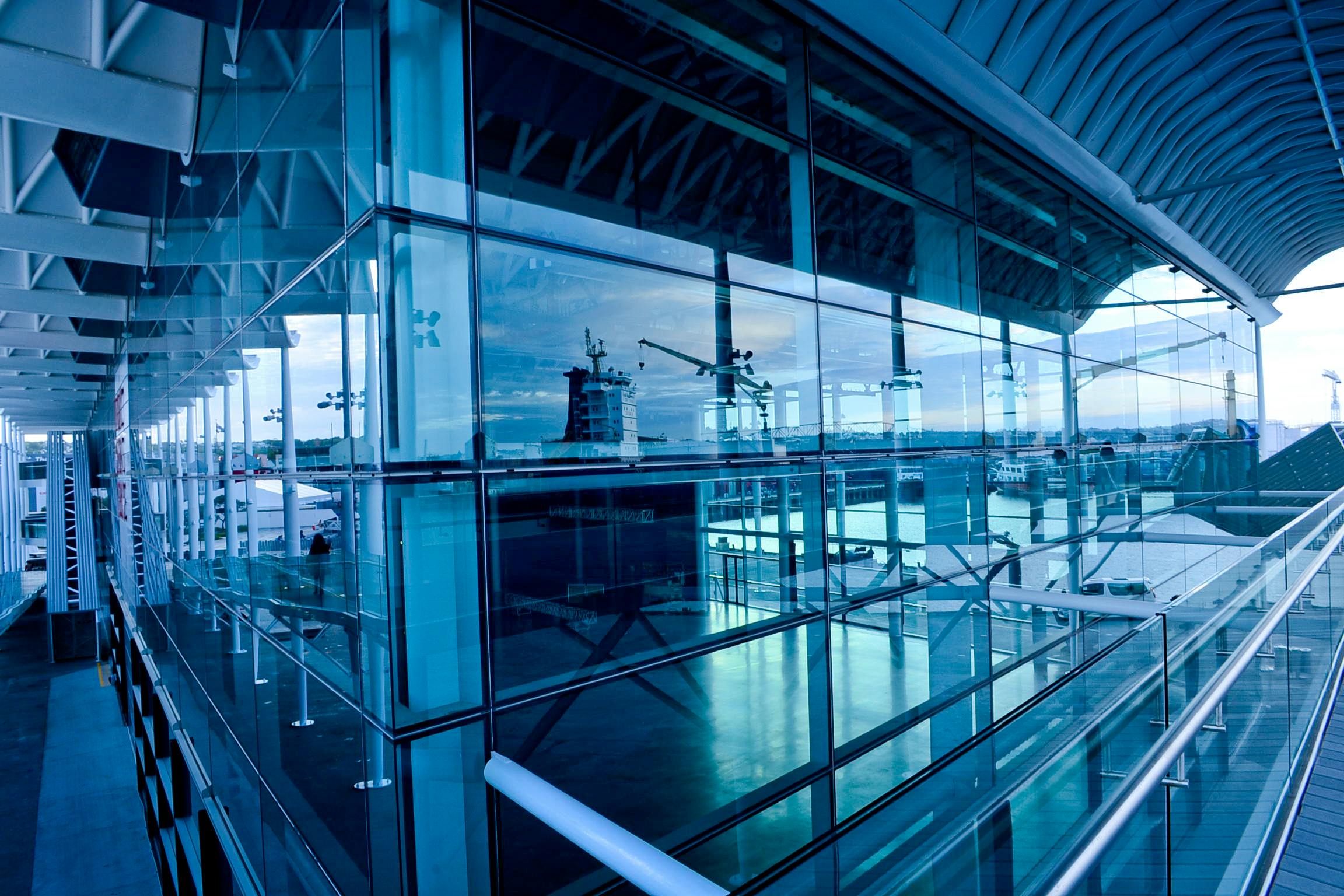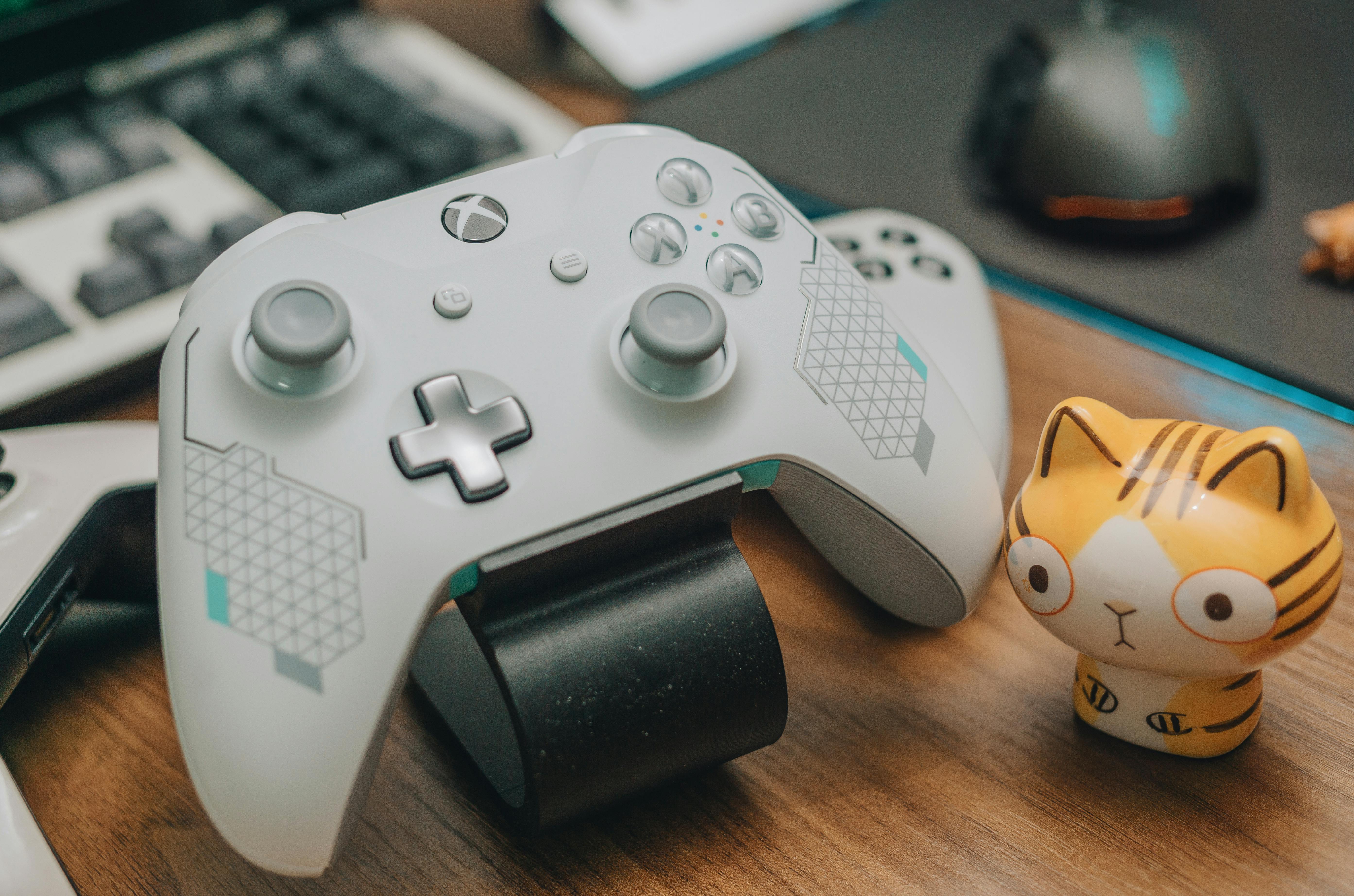Despite common opinion, the proper purpose of abdominal exercises is to awaken control of the abdominal muscles so that they coordinate better with the other muscles of the trunk and legs (including the psoas muscles). It is that better coordination that improves alignment, and not simply higher tone or strength. When the psoas muscles reach their proper length, tone (tone), and responsiveness, they stabilize the lumbar spine in motion and standing, giving the feeling of better support and “strength.” The mutual coordination of the psoas and other muscles causes/allows the spine and abdomen to recede, giving the appearance of “strong” abdominal muscles, but it’s not just the strength of the abdominal muscles, it’s the coordination of all the muscles involved which gives that appearance.
To improve the function of the psoas, a different approach to abdominal exercises is necessary than what is usually practiced. Instead of “strengthening”, the emphasis should be on awareness, control, balance and coordination of the muscles involved – the realm of somatic education. I will say more…
…but first: a discussion of the methods and techniques of somatic education is beyond the scope of this article, which is limited to a discussion of the relationship of the psoas muscles, abdominal exercises, and back pain. For that, see the links at the end of this article.
The relationship of the psoas, the abdominal muscles and back pain
The psoas and abdominal muscles function as agonists and antagonists (opponents), as well as synergists (mutual helpers); a free interaction between the two is appropriate. The psoas muscles are located behind the abdominal contents, from the lumbar spine to the inner thighs near the hip joints (lesser trochanters); the abdominal muscles lie in front of the abdominal contents, from the lower borders of the ribs (with the rectus muscles at the level of the nipples) to the front lines of the pelvis.
Take a moment to contemplate each of these relationships until you can feel or visualize them.
- In the standing position, the contracted psoas muscles (running over the pubic crests) move the pubis posteriorly; the abdominal muscles move the pubis forward. (antagonists)
- When walking, the iliopsoas muscles on one side initiate the movement of that leg forward, while the abdominals bring the hip and pubis on the same side forward. (synergists)
- the psoas major the muscles pull the lumbar spine forward; the abdominal muscles push the lumbar spine backwards (through pressure on the abdominal contents and the change in pelvic position). (antagonists)
- the psoas less the muscles pull the fronts of the attached vertebrae (at the level of the diaphragm), down and back; the abdominals push the same area backwards. (synergists)
- Unilateral contraction of the psoas muscles causes rotation of the torso away from the side of the contraction and lateral flexion toward the side of the contraction (as if leaning to one side and looking over the raised shoulder); abdominal help that movement.
Now, if all this sounds complicated, it is for the mind. But if you have good use and coordination of those muscles, it’s simple: you move well.
Words about abdominal exercises
Exercises that attempt to flatten the belly (eg sit-ups) generally produce a fixed pattern in which the abdominal muscles simply overpower the psoas and spinal extensor muscles that are already strained too high.
The high tone of the abdominal muscles due to crunches interferes with the ability to stand fully upright, as the contracted abdominal muscles pull the front of the ribs down. Numerous consequences follow:
(1) breathing is impaired,
(2) compression of the abdominal contents results, impeding circulation,
(3) deprived of the pumping effect of movement on fluid circulation, the lumbar plexus, which is embedded in the psoas, becomes less functional (slower circulation slows tissue nutrition and metabolic waste removal; nerve plexus metabolism slows down, often resulting in chronic constipation),
(4) shifting the centers of gravity of body segments from a vertical arrangement (standing or sitting) deprives them of support; gravity then pulls them down and further in the direction of travel; muscular involvement (at the rear of the body) then becomes necessary to counteract what is, in effect, a movement toward collapse. This muscular effort
(a) taxes the vital resources of the body,
(b) introduces tension to the musculature involved (eg, back extensors), and
(c) sets the stage for back pain and back injury.
The psoas has often been portrayed as the villain of back pain, and the exercise is often intended to overpower the psoas muscles by pushing the spine and abdomen back. However, it is obvious from the above that “inconvenient” consequences result from that strategy. A more appropriate approach is to balance the interaction of the psoas and abdominal muscles.
When the psoas and abdominal muscles balance each other, the psoas muscles contract and relax, shortening and lengthening appropriately in the movement. The lumbar curvature, instead of increasing, decreases; the back flattens and the abdominal contents return to the abdominal cavity, where they are supported instead of hanging forward.
It should be noted that pelvic orientation, and thus spinal curves, are also largely determined by the musculature and connective tissue of the legs, which connect the legs to the pelvis and torso. If the legs are not directly below the pelvis, but are somewhat behind (or more rarely, in front of) the pelvis, tensions are introduced through the muscles and connective tissue that displace the pelvis. They follow pelvic rotation, hip height asymmetry, and/or excessive lordosis (or, more rarely, kyphosis), all of which affect the interaction between the psoas and the abdomen.
When it comes to movement, visceral (organ) function, and freedom from back pain, proper leg support is just as important as free, reciprocal interaction of the psoas and abdominal muscles.
More on the psoas and gait
Dr. Ida P. Rolf described the psoas as the initiator of the march:
Let’s be clear about this: the legs do not cause movement in the walk of a balanced body; the legacy support and follow. The movement starts in the trunk and is transmitted to the legs through the psoas.
(Rolf, 1977: Rolfing, The Integration of Human Structures, p. 118).
A casual interpretation of this description might be that the psoas initiates hip flexion by bringing the thigh forward. It’s not as simple as that.
Because of its location, the psoas is also a rotator of the thigh. It passes downward and forward from the lumbar spine, over the pubic crest, before its tendon returns to its insertion on the lesser trochanter of the thigh. Psoas shortening pulls on that tendon, which pulls the medial aspect of the thigh forward, inducing outward rotation of the knee.
In healthy functioning, two actions regulate this tendency to rotate the knee out: (1) the same side of the pelvis rotates forward by action involving the iliacus muscle, the internal oblique (which is functionally continuous with the iliacus by its common insertion on the iliac crest) and the external oblique on the other side and (2) the gluteus minimus, which passes posteriorly from below the iliac crest to the greater trochanter, assists the psoas in bringing the thigh forward, while counteracting its tendency to rotate the thigh outwards. The gluteus minimus are internal rotators, as well as flexors, of the thigh at the hip joint. They work synergistically with the psoas.
This synergy causes forward movement of the thigh, aided by forward movement of the same side of the pelvis. The movement originates functionally from the somatic center, through which the psoas passes on its way to the lumbar spine. Thus, Dr. Rolf’s observation about the role of the psoas in the initiation of walking is explained.
Interestingly, the abdominals aid in walking by aiding the described pelvic rotation movement, via their attachments along the anterior pelvic brim. Thus, the interaction of psoas and abdominals is explained.
When the psoas fails to lengthen adequately, the same side of the pelvis has a restricted ability to move backward (and allow the other side to move forward). Co-contracted gluteus minimus often accompanies ipsilateral psoas, as does chronic constipation (for reasons described above). The co-contraction draws the front of the pelvis down. The lumbar spine is tilted forward, tending toward a forward-leaning posture, which the lumbar spine extensors counteract to keep the person upright; As the spinal extensors contract, they experience muscle fatigue and pain. Thus, the correlation between tight psoas and back pain is explained.
As explained before, tightening your abdominal muscles as a solution to this stressful situation is a misguided effort. What is needed is to improve the responsiveness of the psoas and gluteus minimus, including their ability to relax.
An interesting final note relates the center (psoas) to the periphery (feet). In a healthy, well-integrated gait, the feet help the psoas and gluteus minimus to bring the thigh forward. The phenomenon is known as “spring in step”.
Here’s the description: When the thigh is further back, when walking, the ankle is flexed further back. That means the calf muscles and hip flexors are maximally stretched and primed for the stretch (myotatic) reflex. This is what happens in well-integrated walking: assisted by the stretch reflex, the plantar flexors of the feet activate the step, which helps the flexors of the hip joints to bring the thigh forward.
This is what makes it particularly interesting: when the plantar flexors are not actively responding, the load of bringing the thigh forward falls heavily on the psoas and other hip joint flexors, which become conditioned to maintain a elevated state of tension, and there we are: tight psoas and back pain. (Note that ineffective dorsiflexors in the feet prevent the feet from coming off the ground when walking; the hip flexors must compensate by lifting the knee higher, creating a similar problem.)
Therefore, it appears that the responsibility for psoas problems lies (partly, if not largely) with the feet. No resolution of psoas problems can be expected without proper function of the lower legs and feet.
RESUME
The psoas, iliacus, abdominals, spinal extensors, hip joint flexors and extensors, and ankle/foot flexors are interrelated in gait movements. Interference with their interaction (usually through excessive contraction or lack of response from one or more of these “players”) leads to back pain and dysfunction. The strategy of strengthening the abdominal muscles has been shown to be a misguided effort to correct problems usually found elsewhere, which explains why even though abdominal strengthening exercises are so popular, back pain is still so common . Sensorimotor training (somatic education) provides a more relevant and effective approach to the problem of back pain than abdominal strengthening exercises.




